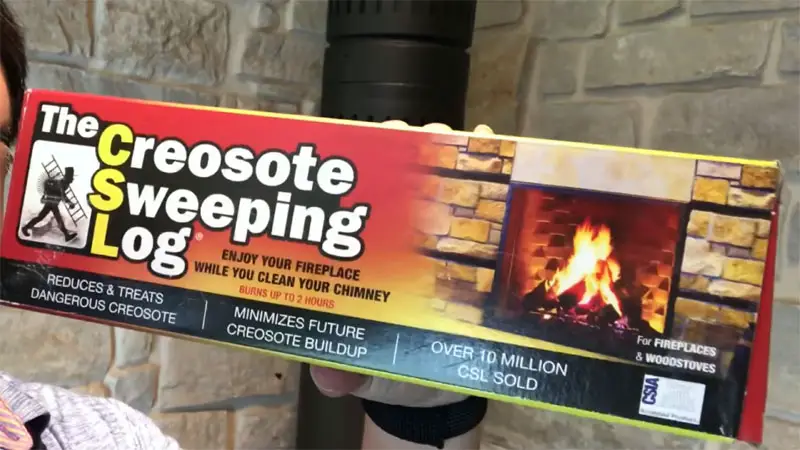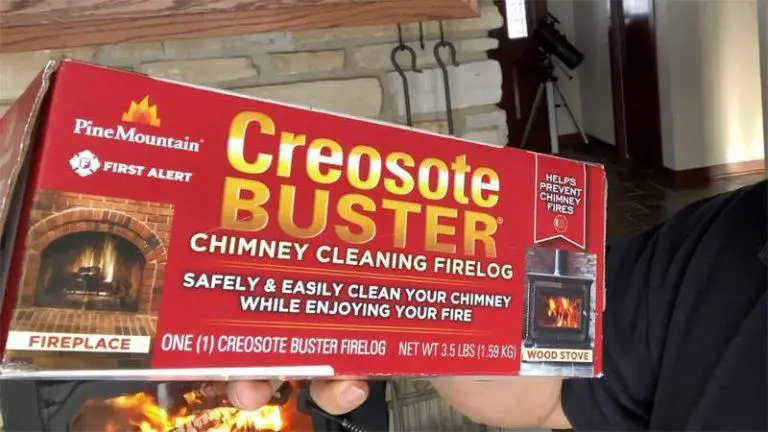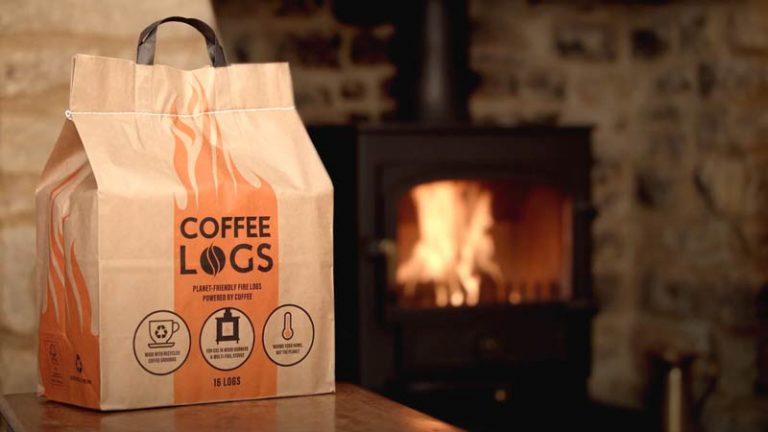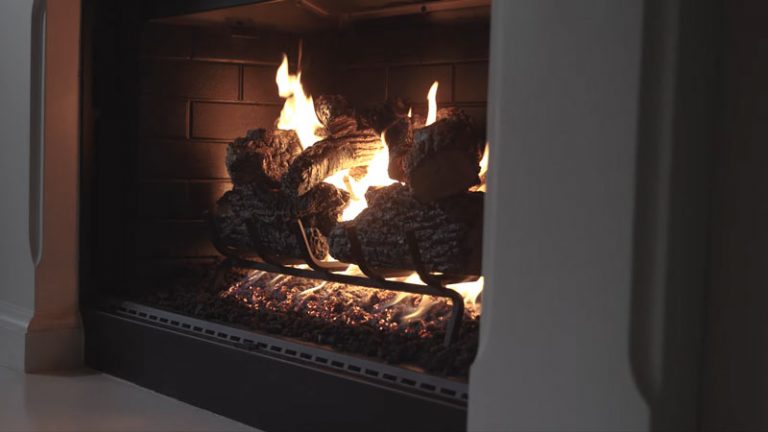Are Creosote Logs Toxic

Follow the manufacturer’s directions carefully to avoid any negative health effects. Keep the window closed until the fumes have dissipated, and then open it slowly to avoid exposure to the skin.
If you experience eye irritation or other side effects from using essential oils, discontinue use immediately and consult a physician if necessary. Essential oil vapors are harmful when inhaled and should be avoided whenever possible – even in small amounts.
You'll Learn About
Are Creosote Logs Toxic?
If you are using natural essential oil, be sure to follow the manufacturer’s directions closely. Keep the ventilation damper open until fumes have been exhaled and avoid contact with skin.
Essential oils can cause irritation in some people, so it is important to take precautions when working with them. Make sure your windows are properly sealed before spraying any aroma into the home – even if it is just for a short time.
Follow manufacturer instructions carefully and make sure that you use only safe products when doing this type of work – otherwise, you could end up injured or worse.
Follow Manufacturer’s Directions
Creosote logs can be a great addition to your backyard grill or campfire, but use caution when working with them. Always follow the manufacturer’s directions when using creosote logs and make sure you are wearing appropriate safety gear.
If you have any questions about how to safely handle creosote logs, consult an expert before using them. Keep children away from grills and fire pits while they’re in use and avoid getting wood pellets on their skin – this could cause serious burns.
Make sure that any debris left behind after burning the logs is cleaned up properly – otherwise, it could create hazardous conditions for both people and wildlife.
Keep Damper Open Until Fumes Exhaled
Creosote logs may release harmful fumes when burned, which can be dangerous if breathed in. It is important to keep the damper open until the fumes are exhaled so that they don’t enter your home.
If you have a creosote log burning in your backyard, be sure to keep an eye on it and avoid inhaling any of the toxins released by the fire. Make sure to ventilate your home properly if you decide to burn wood indoors; opening all windows and doors will help expel poisonous gases safely into the air.
Always wear protective gear when handling these types of logs; gloves, goggles, and a mask are essential safety precautions when using them outdoors or inside your home.
Avoid Contact With Skin
Creosote logs are a common wood-burning heating source in many homes and can release harmful chemicals if contact occurs, such as through the skin. It’s important to avoid areas of direct exposure, including your face and eyes, when using or handling creosote logs.
If you do come into contact with creosote logs, wash your hands immediately and seek medical attention if symptoms develop, such as difficulty breathing or intense chest pain. Be sure to keep all combustible materials away from any open flame- even gas lights- to prevent accidental fires caused by sparks from the burning logs.
Many home insurance policies cover damage done by creosote logs on a homeowner’s property.
Are creosote logs safe?
Creosote logs are a type of wood used to build barns and other structures. They contain chemicals that can be harmful if they get into the water supply.
If you live in an area where creosote logs are burned, it is important to keep your children away from any potential danger.
Safe For Fireplaces
Creosote logs are safe for use in your fireplace.
The chemicals that loosen creosote are only released when the log is burned, so it is safe to use these logs without any worry of harmful side effects. In fact, you can even burn them in a wood-burning fireplace.
Safe To Burn In Chimneys
You can also clean and burn creosote logs in your chimney without worrying about any dangerous side effects. The cleaning chemicals used to loosen the creosote will not release into the atmosphere or harm anyone nearby.
Can Be Burned In Any Wood-Burning Fireplace
If you have a wood-burning fireplace, you can safely burn creosote logs inside of it without fear of having any negative consequences. Just be sure to follow all safety guidelines and precautions while burning these logs
Are creosote logs safe to breathe?
Some people think that creosote logs are safe to breathe, but this is not true. Creosote logs contain chemicals that can cause health problems if they get into the air.
If you find a creosote log in your area, do not smoke or burn it. Instead, call a professional cleanup crew to remove it safely.
- Creosote is a natural smoke source that contains harmful chemicals. Breathing in these chemicals could cause nausea and respiratory irritation.
- Make sure the creosote log is completely extinguished before you leave to avoid breathing in any of the harmful fumes it may produce.
- You can safely use a creosote log in your fireplace without worrying about the health risks involved. Just be sure to extinguish it properly before leaving, and stay away from open flames while using it.
- If you do experience any adverse effects after breathing in smoke from a firelog, speak with your doctor immediately as there may be more serious consequences if left untreated such as asthma or heart problems.
- Finally, always remember to store logs away from the reach of children and pets who might try to burn them themselves – even if they are fully extinguished.
How often should you burn a creosote log?
It’s always a good idea to burn a creosote log every few years to help prevent decay and build-up of moisture in the wood. This will keep your home healthy and defend it against pests.
Burn a Creosote Log to Remove Chimney Build-Up
Chimneys can build up a lot of creosote over time, which can cause your fireplace to emit smoke and sparks. A creosote log is the best way to remove this buildup and restore your chimney to its original condition. You should burn a creosote log every time you have a fire in your fireplace.
Also, make sure to clean out your chimney regularly so the log doesn’t get too thick over time.
Use a Creosote Log Every Time
Creosote logs are effective at removing built-up chimney soot, but they won’t work if there isn’t enough oxygen available for them to work properly. Make sure you use one every time you have a fire in your fireplace – even if it’s just for an hour or two – to keep the area around the fire free from harmful fumes
What are the dangers of creosote?
Creosote is a dangerous byproduct of wood burning. When you burn wood, the creosote that forms contains harmful chemicals that can cause serious health problems if inhaled. Here are some of the dengers of creosote:
- Creosote also accumulates on surfaces inside and outside your home, posing an environmental hazard.
- Creosote is a by-product of coal tar production and can be found in many wood products, including flooring, cabinetry, and furniture. It’s often used as a preservative or sealant because it is effective at preventing moisture damage.
- Exposure to large amounts of creosote can lead to respiratory problems, convulsions, and mental confusion. In particularly severe cases, exposure may even result in death.
- If you are exposed to any amount of creosote, take appropriate precautions such as wearing protective clothing and avoiding contact with the substance altogether if possible. Alternatively, try to remove the contaminated area using proper cleaning techniques.
Can you burn wood with creosote?
You should avoid burning wood with creosote, as it can cause serious fire damage and corrosion. Creosote is a flammable substance that builds up in chimneys and looks bad, so you shouldn’t try to use it this way.
- It’s essential to keep your home safe by avoiding burning wood with creosote – don’t risk damaging your property or yourself.
- If you decide to burn wood with creosote, be sure to use proper safety precautions and know the risks involved.
- Finally, always remember not to leave any kind of flammable material like creosote unattended – if there’s an emergency, notify authorities immediately.
Do creosote cleaning logs really work?
Many people believe that sweeping cleaning logs won’t remove all the creosote, ashes, and ash sticks. Sweep cleaning logs can damage walls, floorings, and ceilings near fireplaces- even if you use them correctly.
A chimney brush is much more effective at removing cremated material from the flue- so it’s important to have your fireplace professionally cleaned every year or when there are any changes in its condition. The only way to safely use a fireplace is to have it professionally cleaned by a qualified expert- preferably once a year or whenever there are changes in its condition.
How long do creosote fumes last?
Creosote fumes can last for up to eight hours. If the creosote is used in a fireplace that receives regular cleaning, there is less of a chance of exposure.
Burning only natural hardwoods won’t cause the problem either- it’s simply due to the fact that these woods release more creosote than other types of wood when burned.
Air pressure or temperature has no bearing on how long creosote fumes will last indoors; this symptom is mainly caused by faulty construction or improper use of the product.
However, if you notice an unpleasant smell coming from your home and suspect creosote poisoning, please call an expert immediately.
To Recap
There is some debate over whether or not Creosote Logs are toxic, but the general consensus seems to be that they’re not particularly harmful. However, if you have any preexisting medical conditions, it’s always best to speak with a doctor before using any type of wood product.



